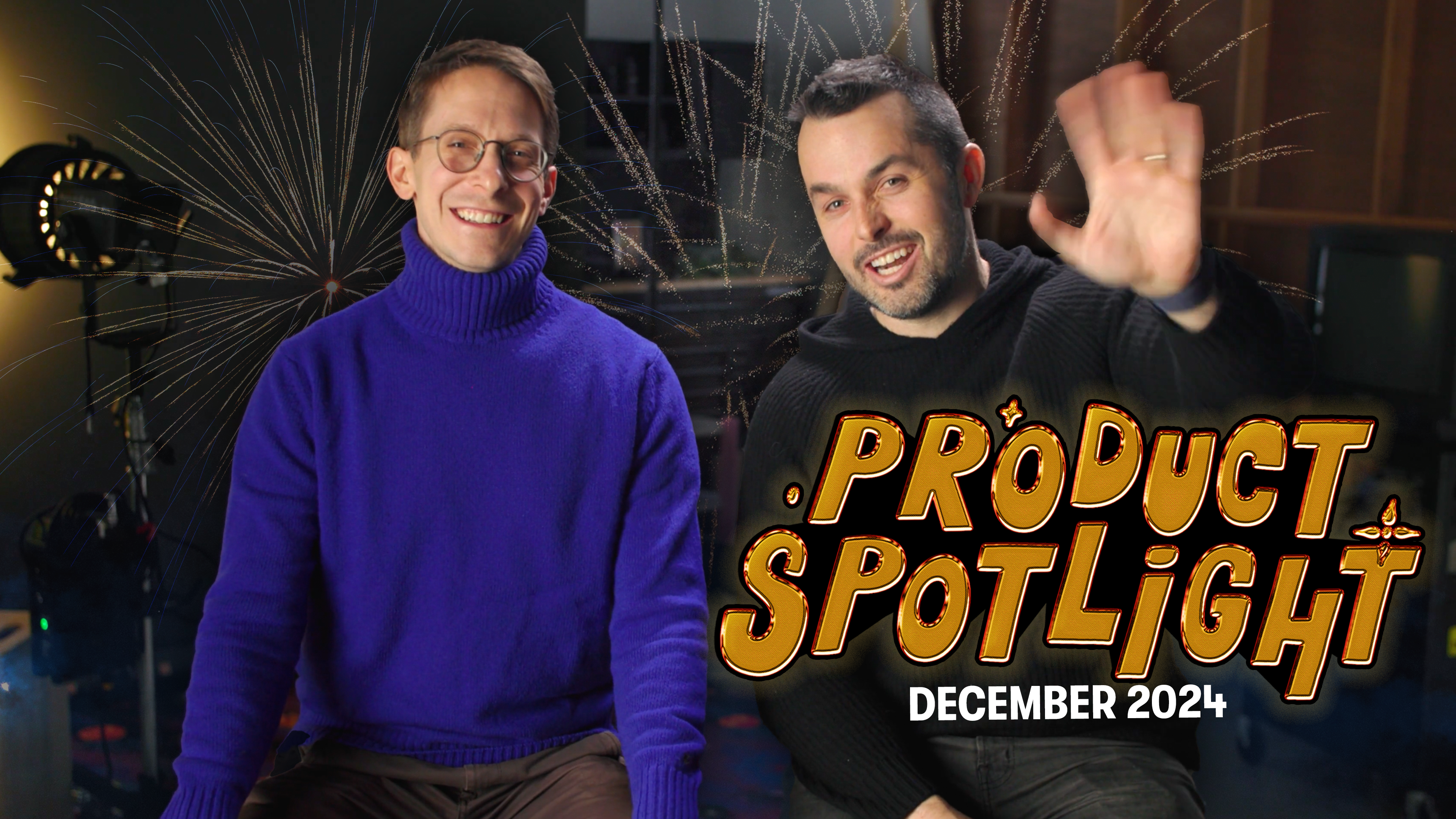Announcing the 2021 State of Video Report
April 7, 2021
Topic tags
Jenny Coppola
Creative
Meisha Bochicchio
Marketing
Marketers have had to adapt a lot over the past five years to keep up with the times. With new social media platforms popping up every day (ahem, looking at you Clubhouse) and marketing priorities shifting to go all-in on digital, it’s safe to say that the landscape we once knew has changed forever.
One thing that has remained constant, however, is the demand for video marketing. Video continues to be an essential tool marketers leverage to communicate and connect with their audiences and customers.
Here at Wistia, we’ve helped businesses grow with our video marketing software for over 12 years now, giving us plenty of time to see firsthand just how impactful video can be for companies that make the investment. That’s why we decided it was time to take this data and share it with the world in our new State of Video Report.
Unlike a traditional marketing survey, the State of Video Report looked at over 44 million videos hosted on Wistia over the past five years. Everything in our report is based on real user data from across over 500,000 accounts. We explore topics like monthly video consumption rates, how businesses leverage video for demand generation, and more. And, we share data and trends that showcase where video stands today and how it has evolved over the past five years.
So, what did we uncover? Here a few of our favorite takeaways.
Consumers are watching more videos than ever before
With consumers spending more time at home during the pandemic, there has been a steady increase in content consumption. Since 2016, the time spent watching videos has increased 249%, from 3.5 billion minutes to 12.2 billion minutes in 2020.
In 2020, there was an 85% increase in minutes watched, year-over-year. The number of minutes of video watched per month in 2020 was highest in April and May, averaging 1.2 billion and 1.4 billion during the first surge of the pandemic but declined in the summer months. As the country saw another pandemic surge in the fall, minutes of video watched spiked again up to 1.3 billion.
Marketers look to build brand affinity with long-form video
With video consumption on the rise, brands looked for added ways to engage with consumers and ultimately turned to longer-form video content. Impactful and story-driven long-form videos have seen tremendous growth as brands sought to build a connection and loyal audience.
In general, engagement is highest for the first few minutes of video (typically above 50% for the first three minutes) and drops steadily after that mark. So, viewers that continue to watch are more engaged and are strong candidates for additional content from the brand.
However, the number of videos in the 30–60 minute category in 2020 grew 140% year-over-year and 446% since 2016, highlighting the increased investment in long-form content as more companies embrace video series.
Marketers use video to generate leads
In an effort to increase engagement and lead generation, marketers looked for more ways to incorporate interactive elements into their content, such as a call to action or annotation link.
The number of videos using conversion events since 2019 increased by 30%, and there was also a 24% lift in the volume of videos using conversion events over the past five years. This finding correlates with the increase in video content consumption overall, suggesting that viewers are willing to give their email addresses to businesses when engaging with their video content.
Marketers also found that interactive elements placed at the end of videos were more effective over the five years, with a 9% average conversion rate. As it turns out, conversion rates are also trending positively over this period, with the average conversion rate increasing from 9% to 13% in 2020.






